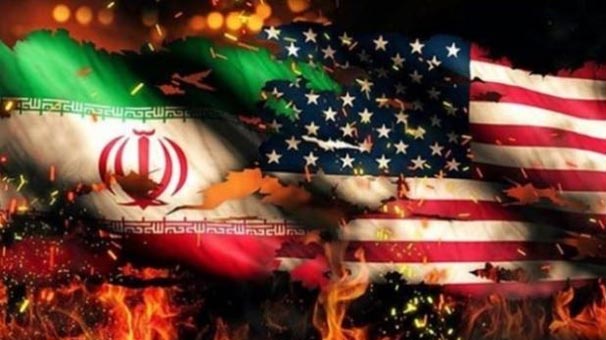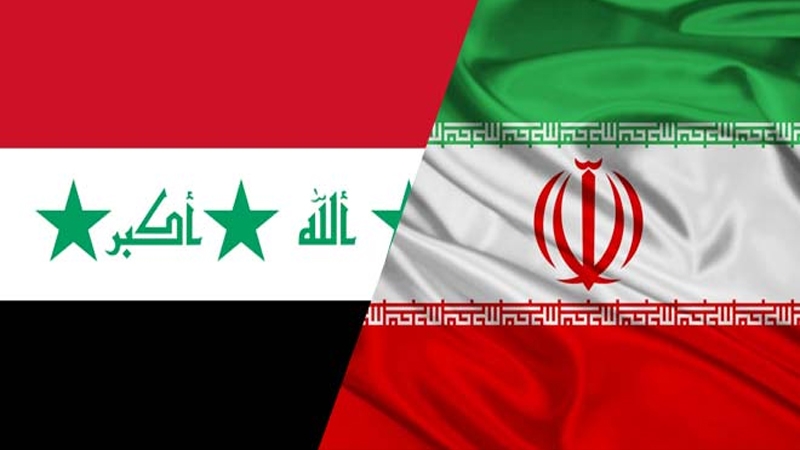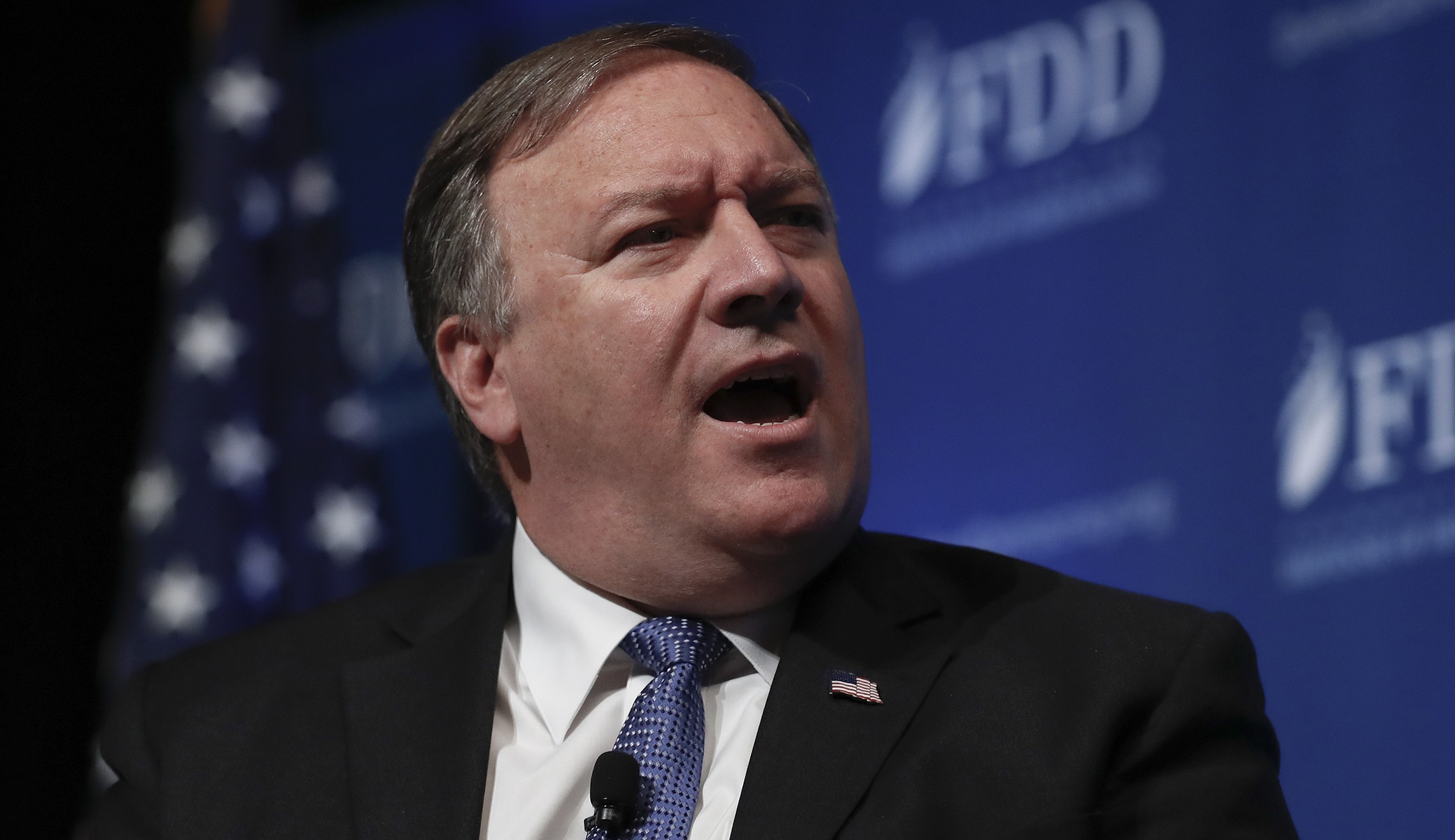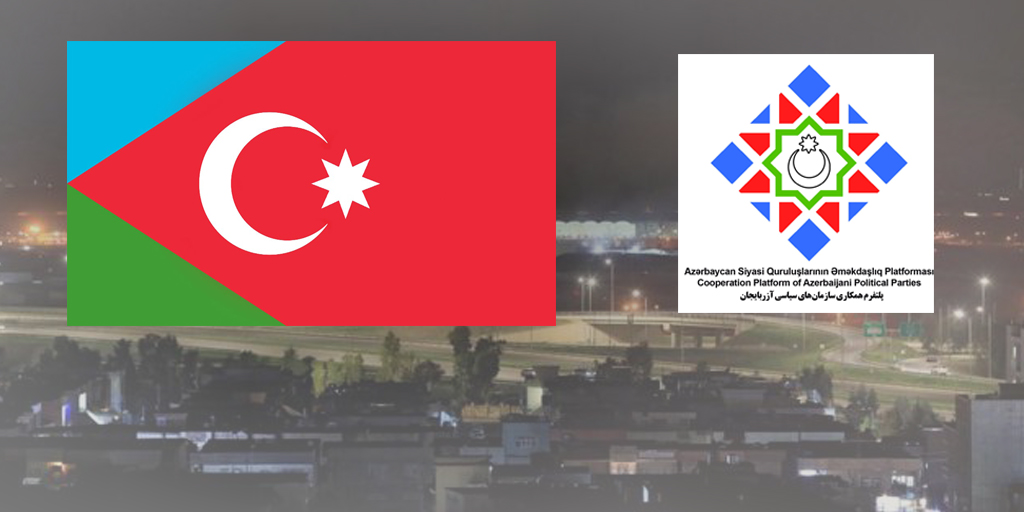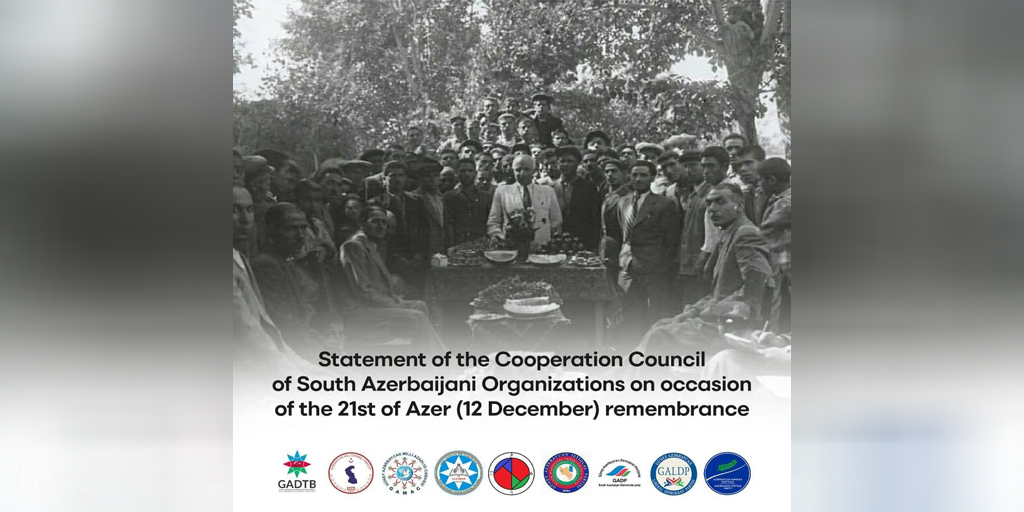Ahwazi freedom fighters destroy two major Iranian oil pipelines-video

Ahwazi Arab freedom fighters destroyed two major Iranian regime oil pipelines in the region in two simultaneous operations carried out at dawn on Tuesday (January 3 2017), vowing to carry out further similar operations in protest at the continuing occupation of their land.
The move came as the Iranian regime announced the signing of 29 new oil and gas deals with foreign companies.
The Arab Struggle Movement for the Liberation of Ahwaz (ASMLA) reported that the affiliated military wing, the Brigades of the Martyrs Al-Nasser Mohiuddin had successfully carried out the operations near the town of Omidiyeh and in Deylam County, respectively in eastern and central Ahwaz region (also known as Khuzestan in Farsi), causing major damage and massive fuel losses in both cases.
The first operation targeted pipelines belonging to the state-owned Aghajari oil company which transported around 440,000 barrels per day of crude oil from the Maroun oilfield to Omidiyeh city, both in the east of the province. The pipelines were completely destroyed in the explosions, with extraction operations suspended at the oilfield until new pipelines are installed, which is likely to take some time.
The second operation, carried out simultaneously, saw fighters blow up pipelines which export around 60,000 barrels per day of crude oil from the Baharkan oilfield located between the port towns of Janabi and Deylam in the center of the province to the Khark Island. This operation also resulted in the complete destruction of the pipelines.
In a statement released following the operation, the field commander of the Mohiuddin Brigades said that the operations are part of an overall strategy by the group targeting economically sensitive sites, including oil and gas installations, which help to fund the Iranian regime’s brutal oppression of the Ahwazi people and other Arab peoples regionally.
The commander further warned that 2017 would be very different to previous years since the movement has prepared detailed and precise plans to carry out a number of high-quality important operations against the Iranian enemy state, adding that the regime had left no options for the Ahwazi resistance, with the people languishing under the worst occupation known in history.
Despite Ahwaz housing over 90 percent of the oil and gas claimed by the Iranian regime, the indigenous Arab people live in medieval poverty, denied the most basic of rights, and are subjected to apartheid-style discrimination due to their Arab ethnicity. The Ahwaz region, once an independent state, was initially occupied with British support by the then-Shah of Iran in 1925. The region and most of the place names were subsequently given new Farsi names in an effort to deny their Arab heritage, with successive regimes brutalizing the people, who are denied even the right to publicly speak their own Arab language or wear their traditional Arab garb. The regime encourages ethnically Persian people to settle in the region in order to change its demographic balance, offering the settlers generous incentives and good jobs not available to the indigenous Arab people, and housing them in ethnically homogenous settlements where Arabs are forbidden from living.





